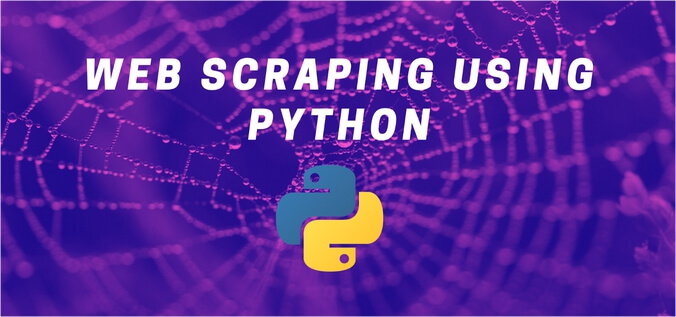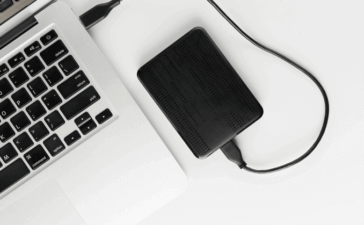You may often find yourself banned on a particular website that you want to scrap. In such cases, nothing can be more beneficial than using a proxy. Using rotating proxy Python needs to be set up properly if you don’t want to repeat the same banning experience.
So let’s check out how it’s done!
What is a Rotating Proxy?
A rotating proxy is a proxy server that provides a proxy to every new connection from its pool of unique IP addresses. So, every time you send a request to each site for scraping purposes, you’ll get different IP addresses.
With the use of a rotating proxy, you can get scrapers past most of the anti-scraping measures. While doing so, you can also prevent being detected as a scraper.
The process of rotating IP addresses is pretty simple. The process makes it look like several authentic users have accessed the website. It’ll also show that the users have accessed from various locations instead of some bot or a single person. In this way, it reduces the chance of getting blocked.
How to Properly Set Up a Rotating Proxy in Python for Web Scraping Purposes
This section will show you how to set up a rotating proxy in Python for web scraping purposes.
So without further ado, let’s get started!
Some websites take web scraping very seriously. So, they take several anti-scraping measures to block the IP address from scraping activities. In such cases, a proper setup of a rotating proxy can be helpful. And with the use of Python, the whole process gets a lot smoother.
To properly set up a rotating proxy, you have to choose a reliable source from whom you can receive a better rotating proxy. Once you’ve made that choice, reach their dashboard and select “Setting” on the workflow. From there, look for an option that says use a proxy because this is where you can add custom proxies.
Different proxy service providers offer different proxies, for instance, HTTP proxies. Here, you need to separate the IP address of the proxy server and the port number with a colon. Again, for example, this is what the colon number looks like: 67.45.234.56:3421.
If you have several IP addresses, add each of your proxies in “IP Proxies” on a new line. Then, look for an option where you can save your changes. Once you do it, the proxy service provider will execute the rotation in Python. And they’ll do it according to your settings when running the task locally.
There is an important aspect that you must know before proceeding further. Customizing proxies in Python for rotation is only available for local extraction. There are several free as well as paid proxy servers out there that are available on the internet.
When you execute a task in cloud extraction by a proxy service provider, it’ll run on a cloud platform. Many cloud servers further support this cloud platform with a unique IP address.
Many servers will handle the process at the same time. And requests will be performed through several IPs for your web scraping purposes.
Aside from that, if you’d like to log in to use a proxy, choose the use IP proxy option. In there, you have to enter the information requested by them. After that, look for the testing option if the connection is successful. It’ll display a notification that will confirm your connection.
Conclusion
Although using a rotating proxy in Python is not that easy, it has several benefits. But make sure that you use a trusted and good rotating proxy service provider to avoid blocking. If you don’t set up the proxy properly in the web scraping world, you need to face several unwanted challenges!




